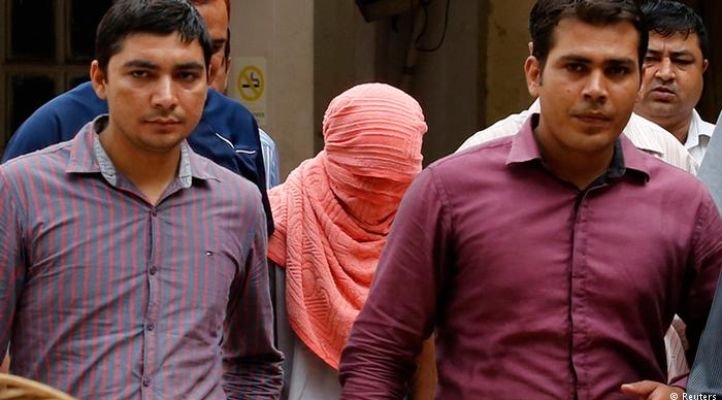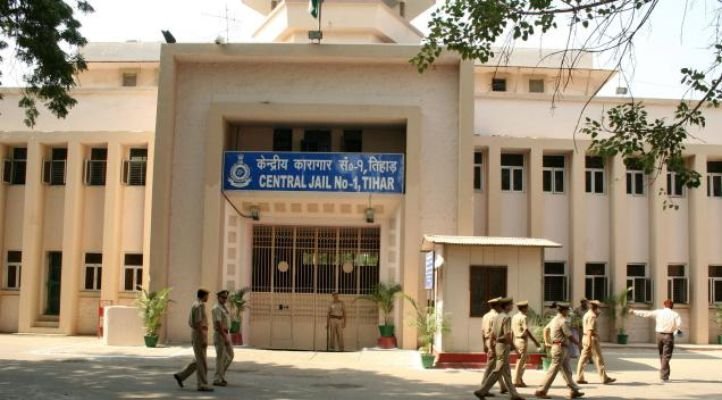On April 22, the Union Cabinet approved an amendment in the Juvenile Justice (Care and Protection) Act. Now juveniles in the age group of 16-18 can be tried as adults under the Indian Penal Code if they are accused of heinous crimes. Overlooking the recommendations of a parliamentary panel, the government went ahead with the amendments.
The issue was brought before the Cabinet a fortnight ago but was dropped from the agenda at the last minute, the government decided an informal group of ministers will further examine the issue.
The Supreme Court had also recently observed that there was a need to change the Juvenile Justice Act in cases where the accused had committed crimes like rape, murder, dacoity and acid attacks.

A great deal of this argument comes after the Nirbhaya case, where a juvenile was accused of rape and murder as well as brutalising the victim with an iron rod. His cohorts were sentenced to death but the court could not give him more than three years due to his age.
This naturally left many outraged. According to The Hindu the number of juveniles accused of violent crimes against women have risen from 484 in 2002 to 1149 in 2011.
Debates to the contrary
There are a few reasons why this amendment will not be helpful in the long run and why the government made a mistake implementing it.
For instance, amending laws according to public outrage is not a good idea. For one thing, the judicial system has to be separated from public angst, its responsibilities are to provide justice – which can be perceived very differently by the public.
Secondly, with this current law, someone who is 15-years-old and 10 months who has committed the same crime as a 16-year-old will walk away practically scott free. We consider the adolescent brain to be in a state of development, it should therefore be hard to pin a fixed number on it.

More importantly this amendment presents a philosophical shift that needs to be acknowledged.
Why do we try juveniles and adults differently? Why does the term juvenile delinquent even exist?
To put it simply it is because the juvenile system and adult system are present to serve different purposes, yet hope to have a deterrent effect. The goal of one is rehabilitation, the goal of the other is punishment. With the current amendment what the government is saying is that there are some juveniles who are beyond the hope of rehabilitation and only eligible for punishment.
India is not the only country to have done this, the United States also tried its juveniles as adults in special cases. The Economist stated that between 1990-2010 the number of juveniles in American prisons went up by nearly 230%.
Did it work?
A number of studies have been conducted to answer these questions, unfortunately most find that children who have been incarcerated as adults, are far more likely to remain criminals. The Centre for Disease Control conducted a study which found young people who are charged as adults are 35% likelier to be rearrested.
This presents a sorry picture for India. Trying juveniles as adults may not be the answer India is looking for. In order to reduce crime, there has to be an institutional shift from the very beginning of a child’s life, for instance with education and social perceptions. Even something as simple as after school activities, can have a strong impact on children’s lives.
Feature image source: The Guardian
















